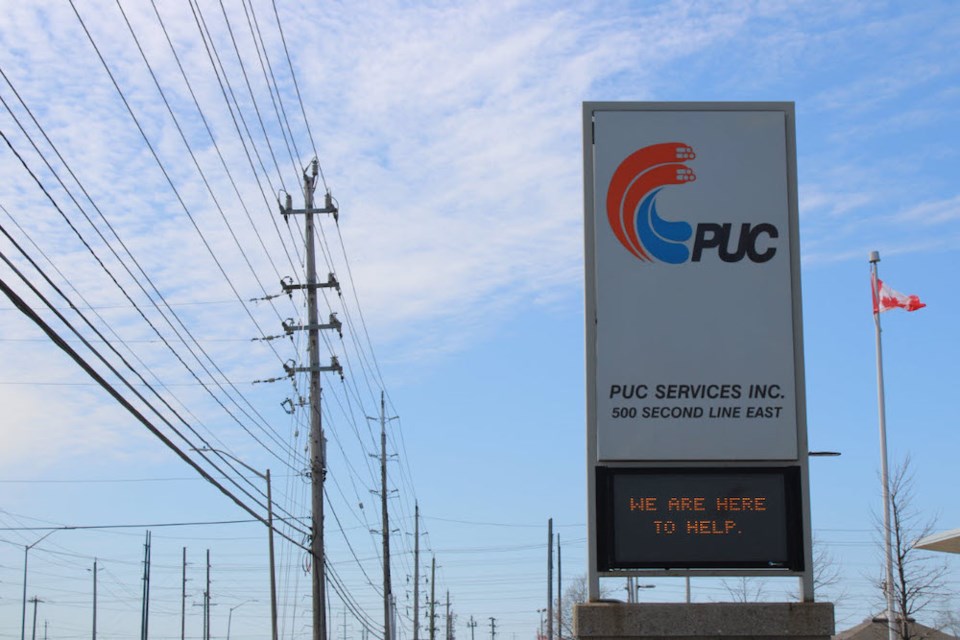Construction work is expected to start in early May on Sault Ste. Marie's first-of-its-kind-in-Canada Smart Grid project.
The $36-million project will begin around PUC electrical distribution stations across the city, president and chief executive officer Rob Brewer told a meeting of his board on Wednesday.
"When temperatures allow, which we're thinking is early May, you're going to see some civil construction starting at our stations," Brewer told SooToday.
"Things like opening up where the wires are on the ground, putting in new concrete banks, and putting in some of the voltage optimization equipment."
"And then about a month or two later you'll start to see crews starting to do some of the distribution automation work in the field."
"Those are on poles, and you'll see that throughout the town," Brewer said.
Here's how the innovative project was described in Brewer's presentation to the PUC board:
In a smart grid, an integrated system of internet-connected meters, sensors and equipment utilize two-way communication and data management software processes to automatically control elements of the grid.
This is where the system then uses Volt/VAR [voltage optimization] and distribution automation.
Volt/VAR safely reduces voltage delivered to consumers in an effort to save energy.
Distribution automation is the ‘self-healing’ aspect of the grid in the event of a power outage.
Sensors across all power lines and substations allow the system to pinpoint where an outage has occurred and automatically reroute electricity to restore power to an affected area and help crews respond to affected areas for repairs.
The grid Is expected to reduce monthly PUC bills with an average energy savings of 2.7 per cent.
It will also boost system reliability by lowering the impact and duration of power outages.
Brewer said the changes "will result in a direct reduction of greenhouse gas emissions equivalent to 2,804 tonnes of carbon dioxide annually."
The new equipment is to be energized and in service (but not operating in automation mode) by Dec. 31 of this year.
It will enter operation during the first quarter of 2023, Brewer said.
— SooToday




